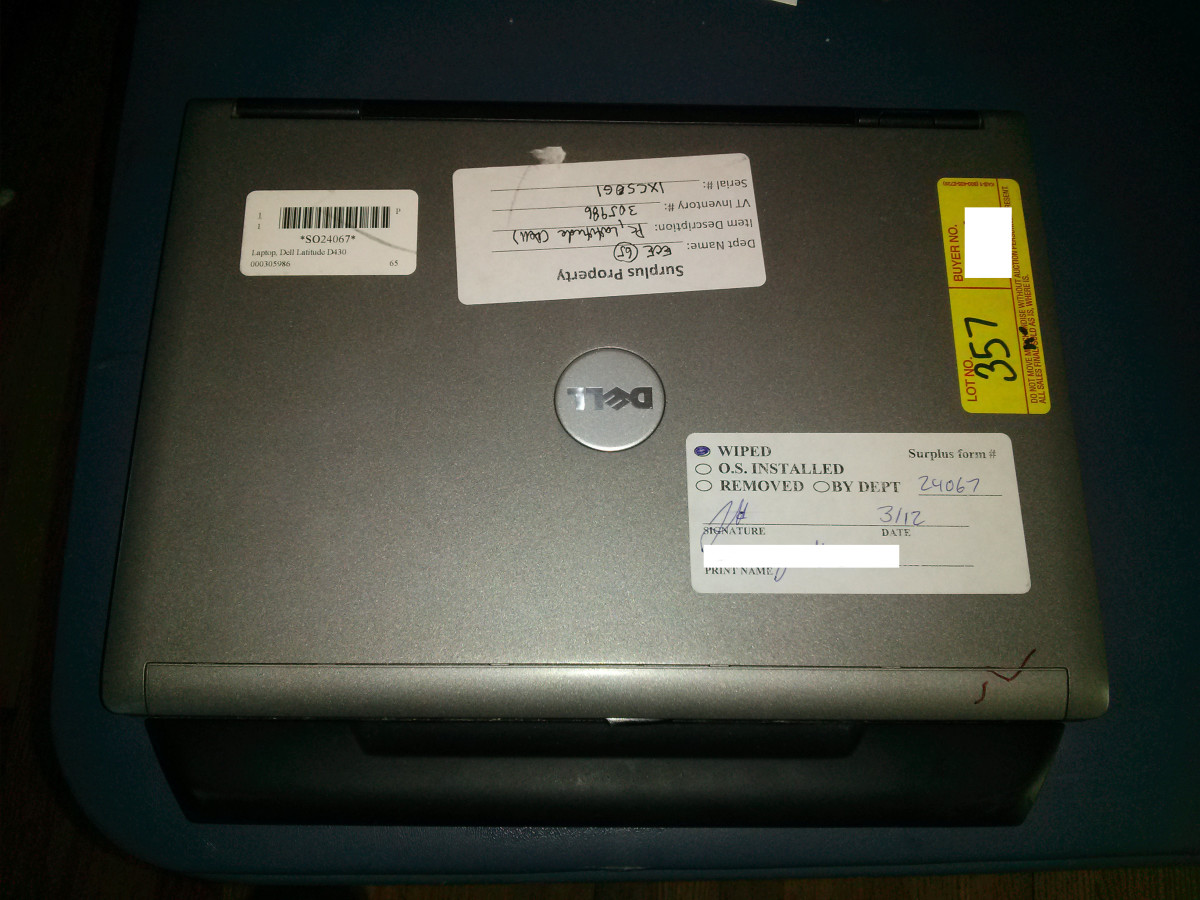Understanding the Basic Procedures Involved in E-auctions
In every e-auction or electronic auction event, bidders and auctioneers conduct business on an electronic marketplace. The process is quite simple. The main requirement is an auction site. Commodities, goods, or services are offered by the auctioneer, and bids are submitted by anyone who is interested in the product. The offer is usually given for a limited period only. Buyers and suppliers utilize this platform to negotiate terms of contract. The interactions available include business to consumer, business to business, and consumer to consumer.
Despite widespread practice and participation from members of the buying public and the community of sellers, there are a few recognized limitations of e-actions. There are issues related to security and the possibility of fraud. Moreover, the process has a long cycle time. Concerns about auction software and equipment for buyers also arise periodically
What are the basic types?
There are two major types of e-auctions, namely forward auctions and reverse auctions. The more common practice that occurs online nowadays falls under reverse auction. This procedure involved reversal of the typical roles of buyers and sellers. Instead of a single seller offering a product or service to competing buyers who bid the price upward, which is what forward auctions are all about, the prices decrease as sellers compete to obtain something that they covet from a buyer. The sellers try to undercut each other and this is why prices get lower as the process continues, instead of getting higher.
What is a traditional RFQ or request for quotation and how is it relevant to e-auctions?
Purchasers need to accomplish a document known as the RFQ or request for quotation so that they can obtain offers for products or services. The data included in this document are item price, terms of delivery, and other relevant conditions surrounding the specific product. Essentially, the RFQ is a document that must be submitted by an organization to suppliers as a means of eliciting quotations.
Traditional RFQs are still used; however, the procedures associated with these documents are often tedious and labor-intensive. Online RFQs are preferred because they are easier to process and less prone to error. They are also more efficient. A request for quotation is a solicitation document is necessary in both a negotiated purchasing process and in a firm-bid purchasing process. If the requirements are more complex, another document must be used, and this is known as the RFP or request for proposals.
In the dynamic bidding process, activation of the RFQ is the signal for suppliers to submit their bids. While the RFQ is active, the initiator has the prerogative to review the current bids. The alternative option is to wait until all the bids are received. Bid evaluation for simple RFQs may be conducted online. For complicated RFQs, the evaluation is usually done offline. The RFQ process is completed only when the winner of the bid has been determined.
E-auctions are increasing in popularity these days since both businesses and consumers find the process advantageous for them. Other terms used interchangeably with e-auction are e-sourcing, sourcing event, procurement auction, and e-procurement.








